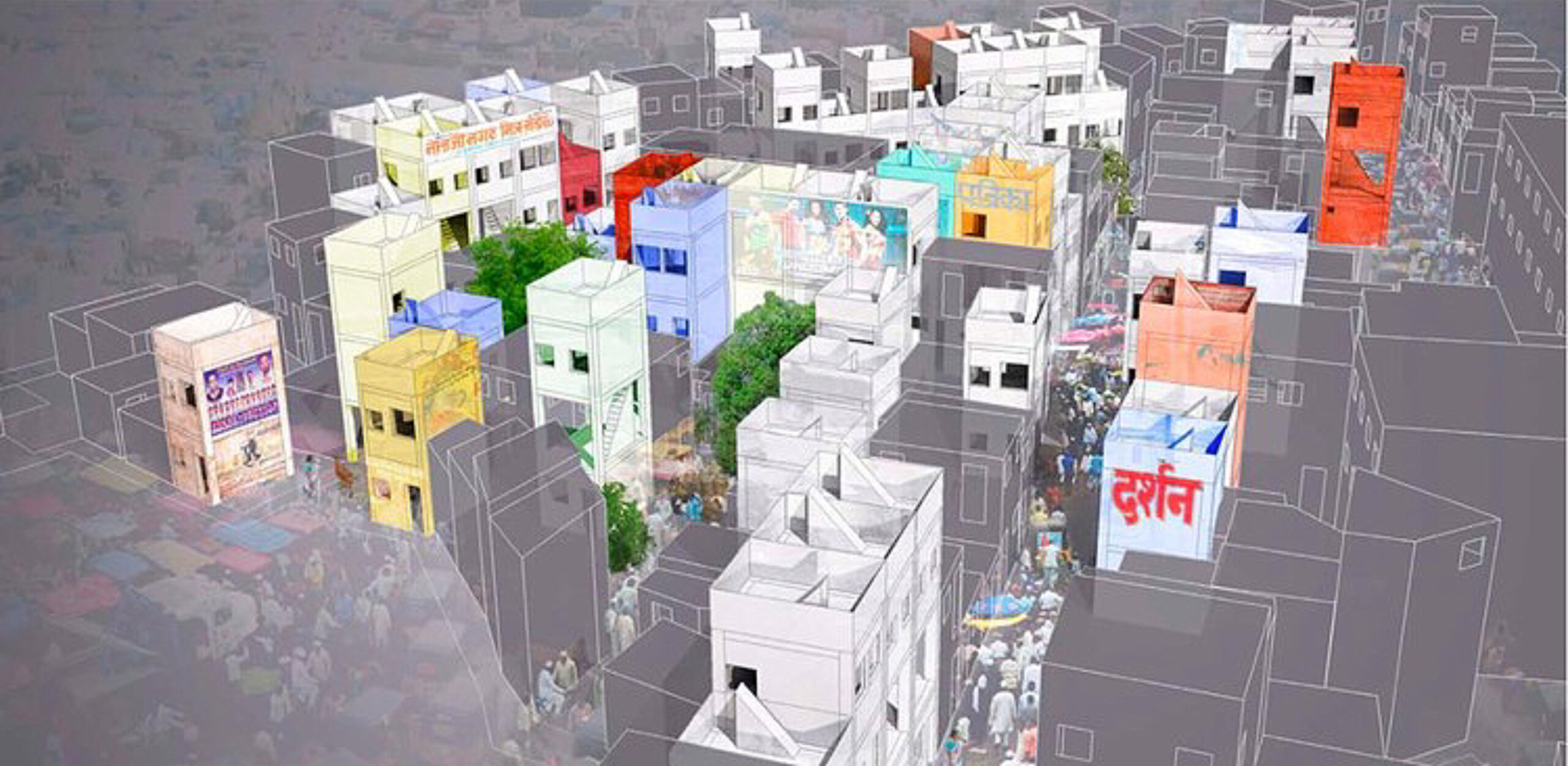| Material | Smog-eating concrete |
| Product | TX Active |
| Manufacturer | Italcementi |
| Date | 1996-present |
| Material Use | Exterior concrete facades and surfaces |
| Featured Client | Church Dio Padre Misericordioso (Jubilee Church) |
| Location | Rome, Italy |
| Client | The Vatican |
| Architect | Richard Meier & Partners Architects |
| Concrete Fabricator | Italcementi |
| Application | Building facade |
| Cost | $1.35/kg |

Concrete panels set in direct sunlight, perfect for TX Active to work. Photo: Richard Meier & Partners Architects
Finally, concrete is being produced to trap and neutralize pollution. While designing Rome’s modern Dives of Misericordia (Jubilee Church), American architect Richard Meier asked Italian cement giant Italcementi to produce a cement that would stay clean and white. The company developed a “smog-eating” cement product called TX Active.
It is one of a number of photocatalytic cement products that have entered the market. The product is made from cement infused with titanium dioxide, which is normally used to maintain the brightness of white paints. The chemical is self-cleaning, and can trap and neutralize air pollutants.
Sunlight activates titanium dioxide, which accelerates a natural process that oxidizes chemicals that come in contact with the cement. TX Active and its competitors purport to cut down pollutants exhausted by motor vehicles, and industrial process such as nitrogen oxides, sulfur oxides, and volatile organic compounds. The product does not work indoors unless there is sufficient daylight, as it relies on a photocatalytic process, and it is 30 to 40 percent more expensive than conventional cements. However, a thin layer of photocatalytic concrete applied over regular cement is enough to oxidize ambient pollutants, explains Enrico Borgarello, Italcementi’s head of research and development.

Illustration of how TX Active“eats” the pollutants. Image: Italcementi
He claims that if cement products such as TX Active covered 15 percent of Milan’s surface area, it would reduce air pollutants by half. While repaving Milan with the product would be costly at $1.35 per kilogram, manufacturers hope the increased construction costs will be recouped through lower maintenance costs. Please note: Architecture for Humanity neither endorses nor makes any warranties or claims regarding the uses and performance of specific products mentioned in this profile. The information is provided solely for reference.

Finished church. First project to be constructed using TX Active. Photo: Richard Meier & Partners Architects
















READ OR LEAVE A COMMENT